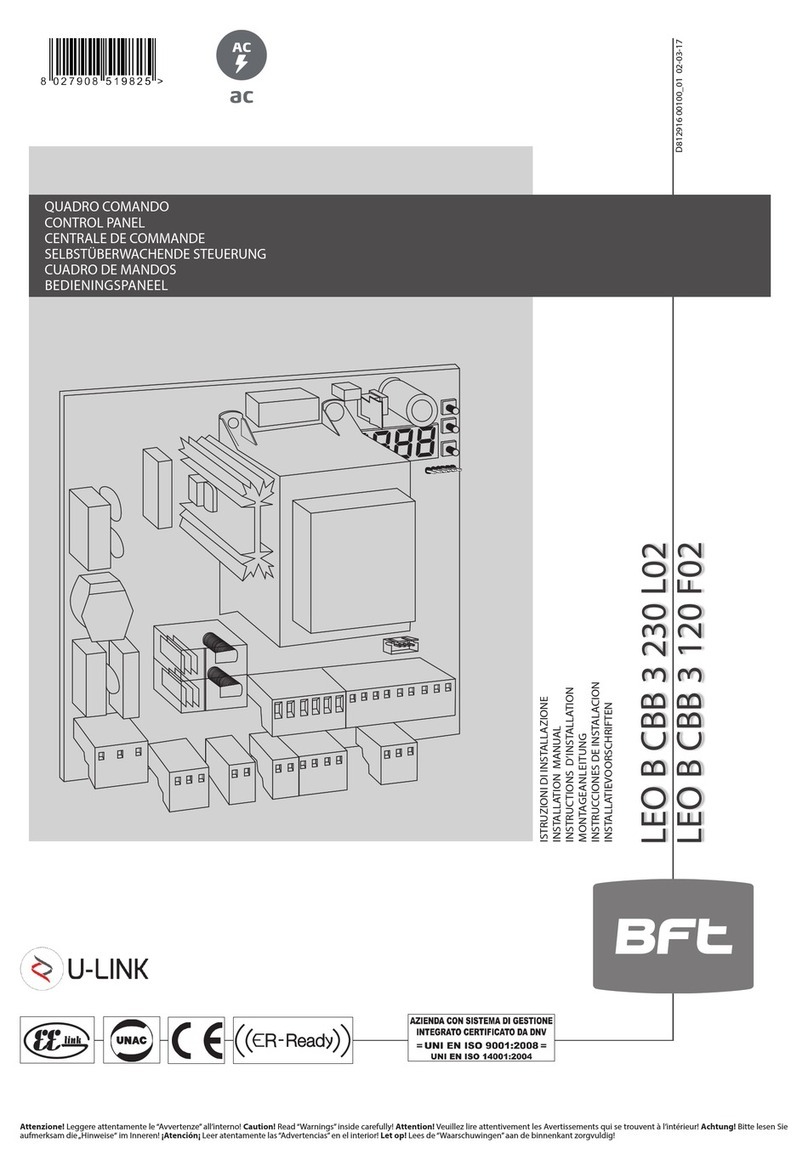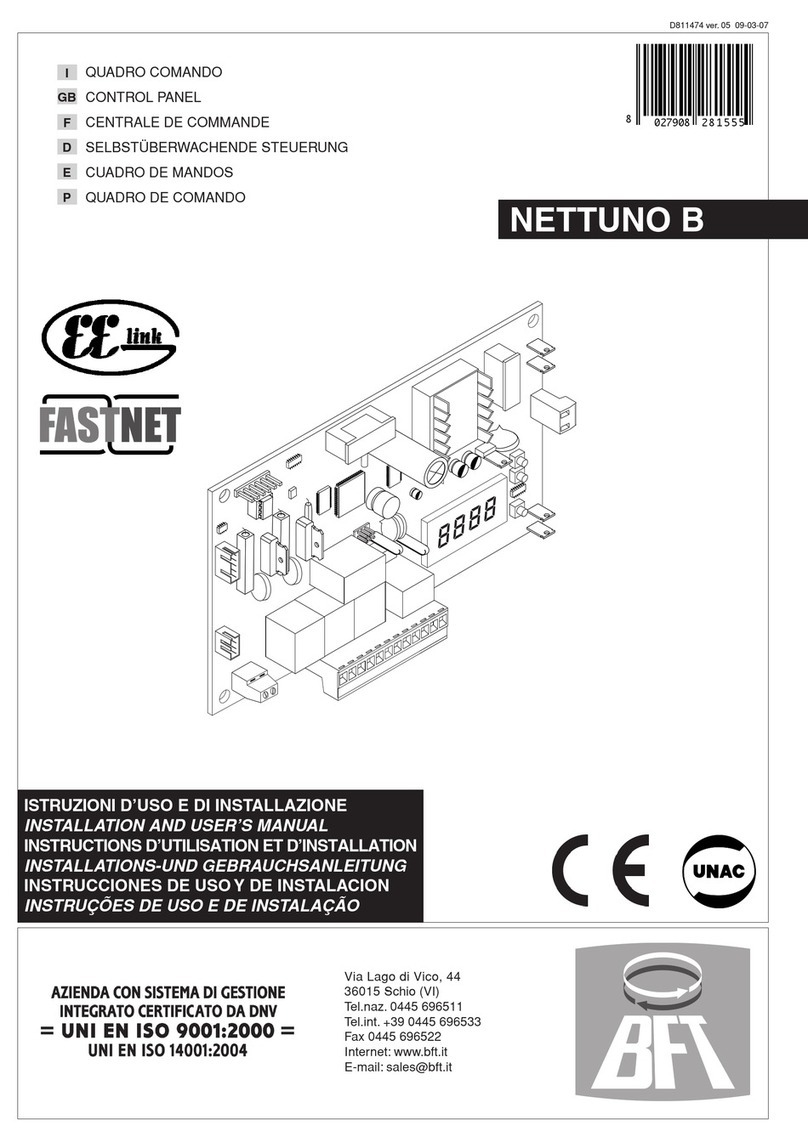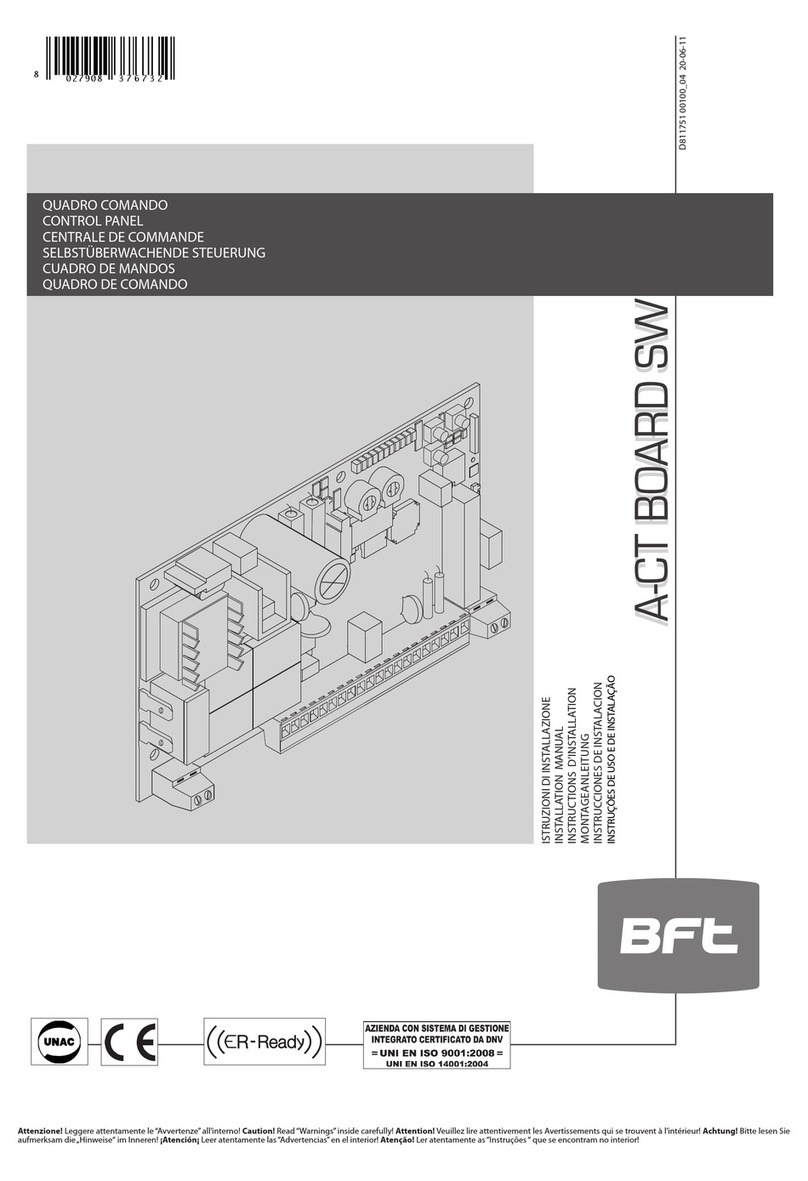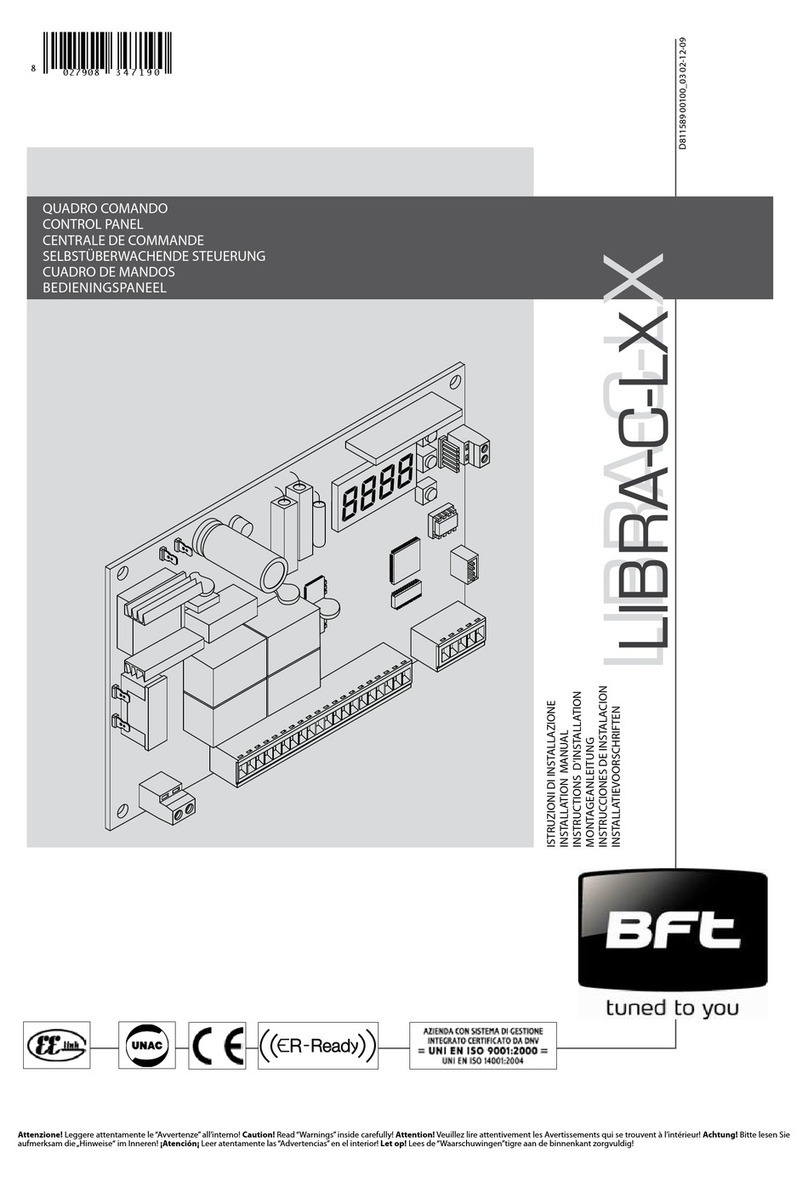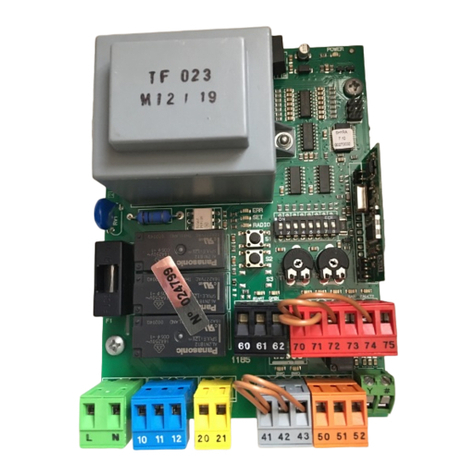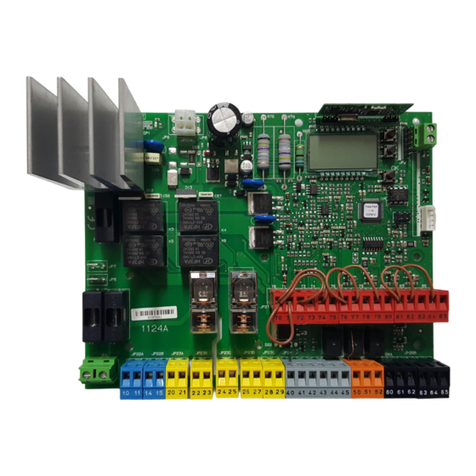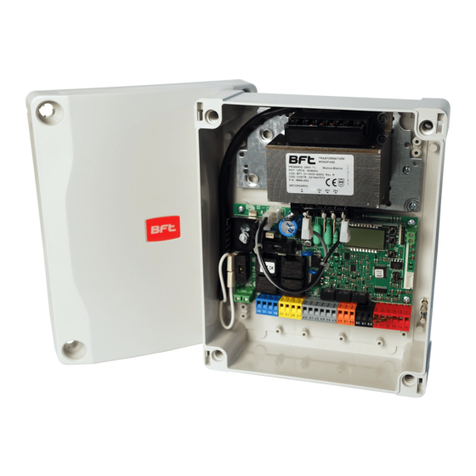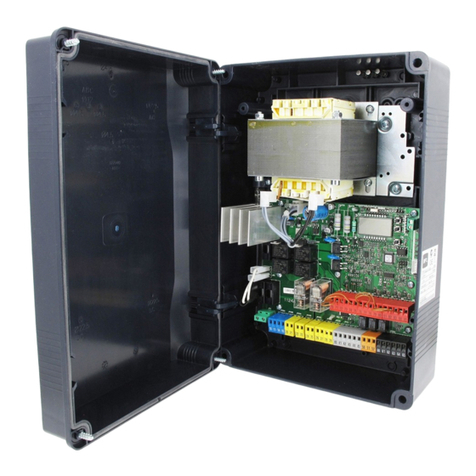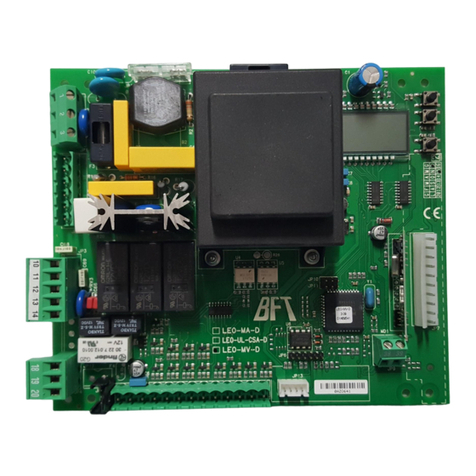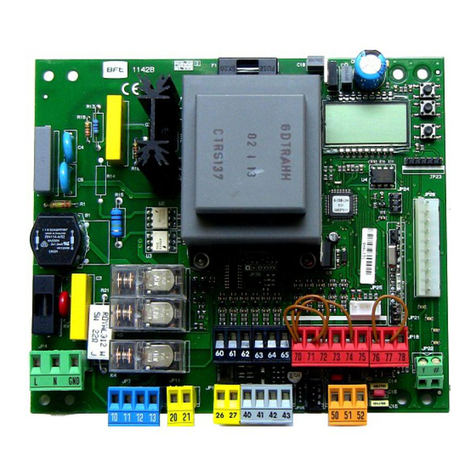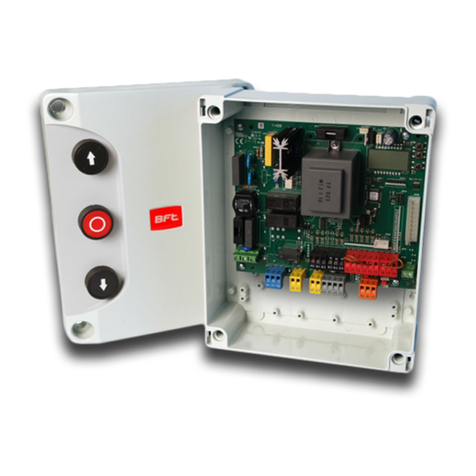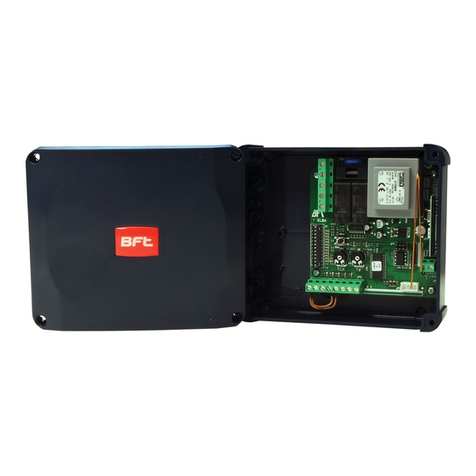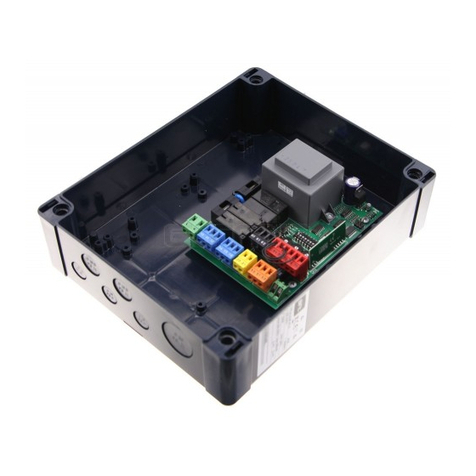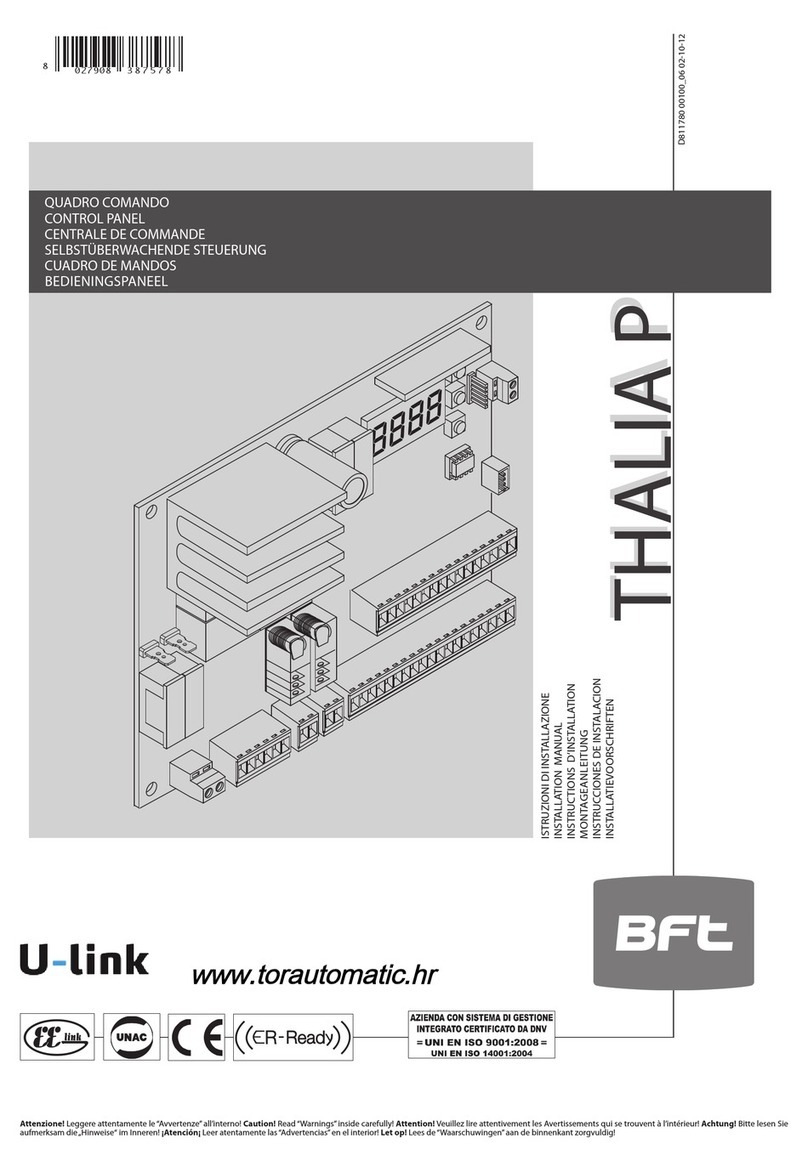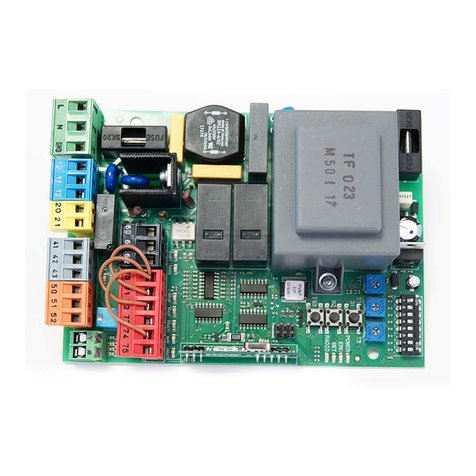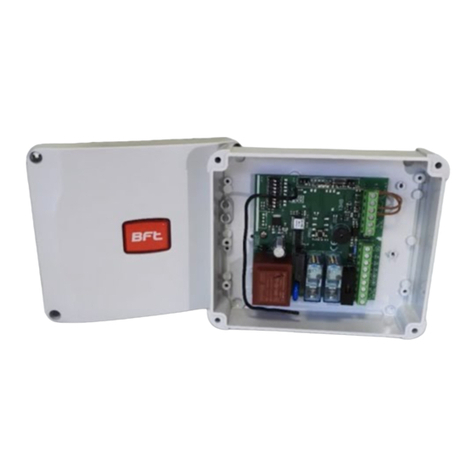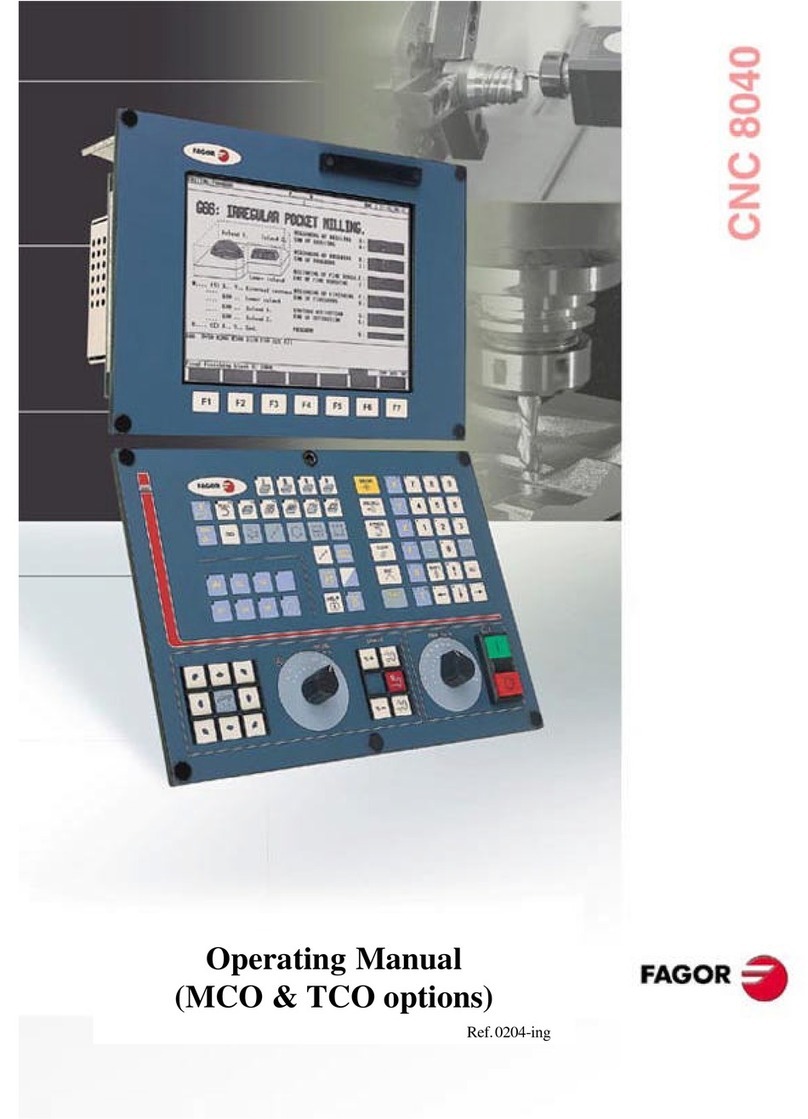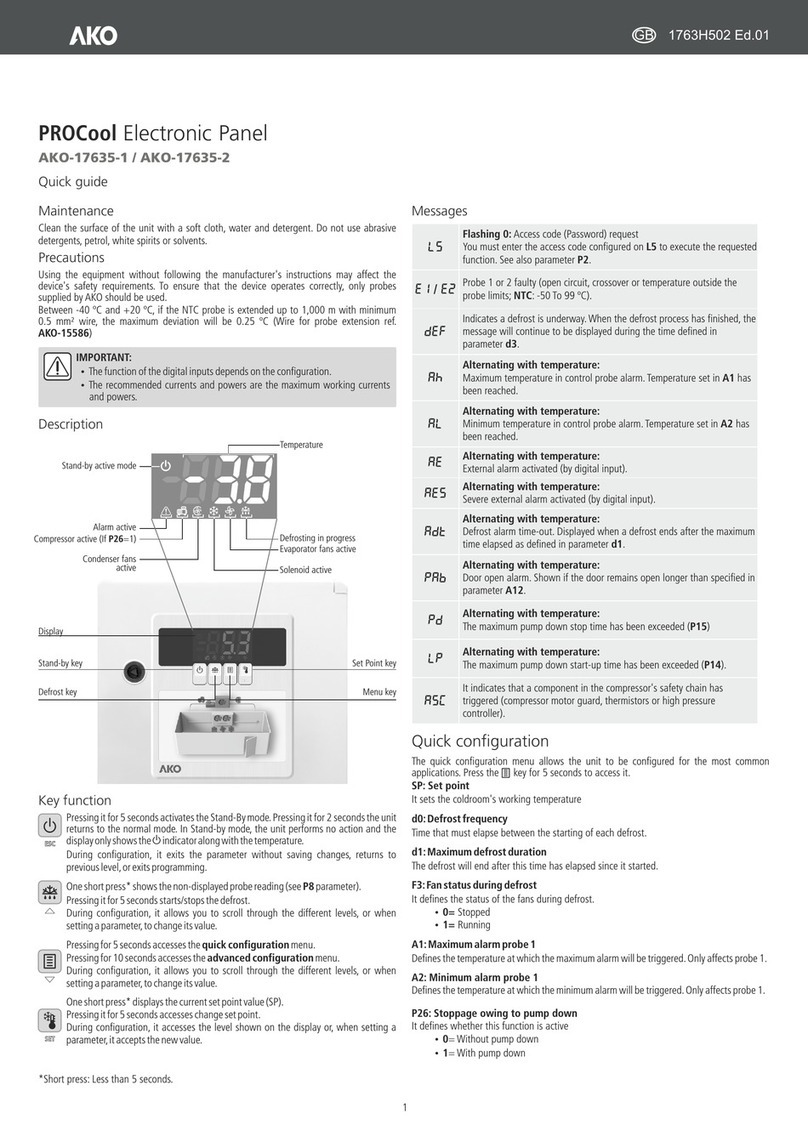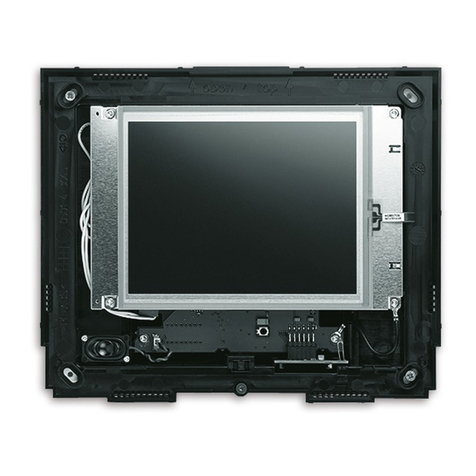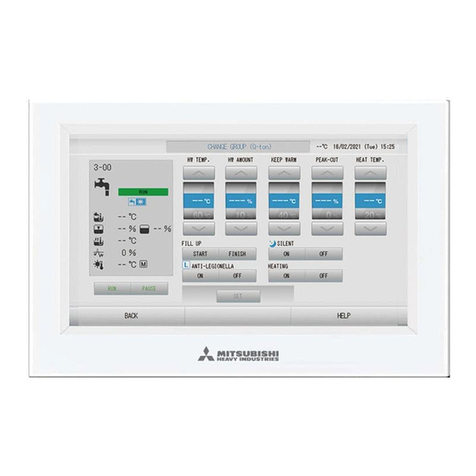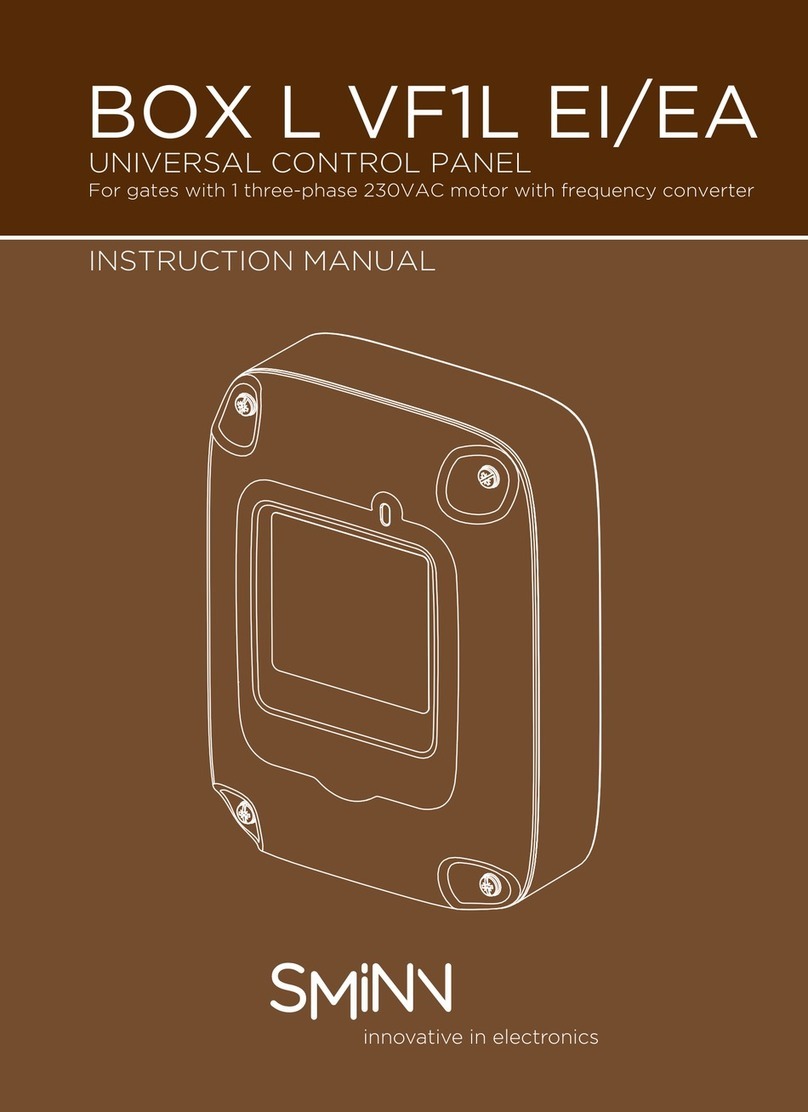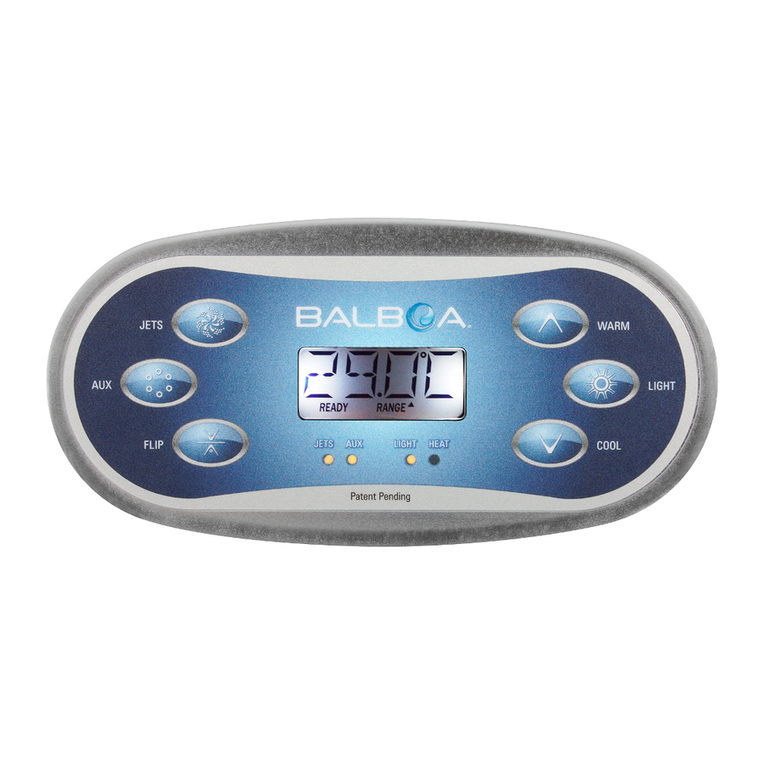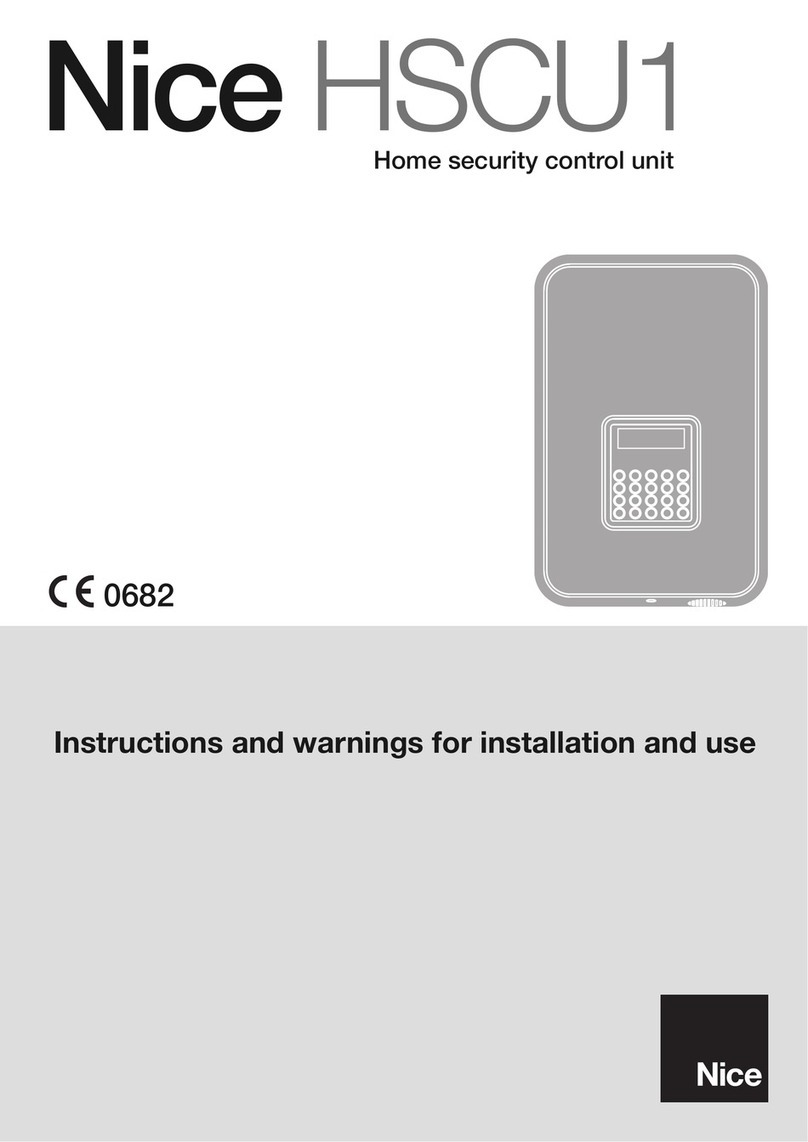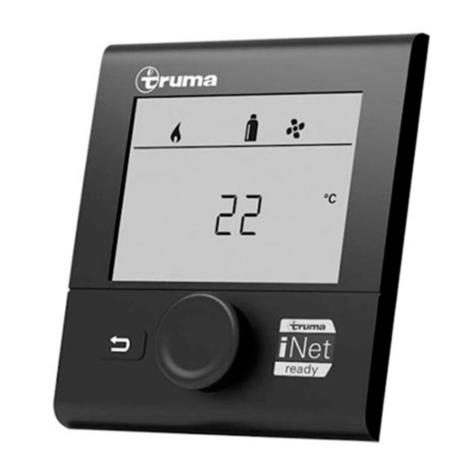6
-LEO-D-MA - Ver. 01
D811469_01
MANUALE PER L’INSTALLAZIONE
ITALIANO
Nel ringraziarVi per la preferenza accordata a questo prodotto, la ditta è
certa che da esso otterrete le prestazioni necessarie al Vostro uso.
Leggete attentamente l’opuscolo ”Libretto istruzioni” che lo accompagna in
quanto esso fornisce importanti indicazioni riguardanti la sicurezza, l’instal-
lazione, l’uso e la manutenzione. Questo prodotto risponde alle norme
riconosciute della tecnica e delle disposizioni relative alla sicurezza.
Confermiamo che esso è conforme alle seguenti direttive europee: 89/336/
CEE, 73/23/CEE, 98/37/CEE e loro modifiche successive.
1) SICUREZZA GENERALE
ATTENZIONE! Una installazione errata o un uso improprio del prodot-
to, può creare danni a persone, animali o cose.
• Leggete attentamente l’opuscolo ”Avvertenze”ed il ”Libretto istruzioni”
che accompagnano questo prodotto, in quanto forniscono importanti in-
dicazioni riguardanti la sicurezza, l’installazione, l’uso e la manutenzione.
• Smaltire i materiali di imballo (plastica, cartone, polistirolo, ecc.) secondo
quanto previsto dalle norme vigenti. Non lasciare buste di nylon e polisti-
rolo a portata dei bambini.
• Conservare le istruzioni per allegarle al fascicolo tecnico e per consulta-
zioni future.
• Questo prodotto è stato progettato e costruito esclusivamente per l’utiliz-
zo indicato in questa documentazione.
Usi non indicati in questa documentazione potrebbero essere fonte di
danni al prodotto e fonte di pericolo.
• La Ditta declina qualsiasi responsabilità derivante dall’uso improprio o
diverso da quello per cui è destinato ed indicato nella presente documen-
tazione.
• Non installare il prodotto in atmosfera esplosiva.
• Gli elementi costruttivi della macchina devono essere in accordo con le
seguenti Direttive Europee: 89/336/CEE, 73/23/CEE, 98/37 CEE e loro
modifiche successive. Per tutti i Paesi extra CEE, oltre alle norme nazio-
nali vigenti, per un buon livello di sicurezza è opportuno rispettare anche
le norme sopracitate.
• La Ditta declina qualsiasi responsabilità dall’inosservanza della Buona
Tecnica nella costruzione delle chiusure (porte, cancelli, ecc.), nonché
dalle deformazioni che potrebbero verificarsi durante l’uso.
• L’installazione deve essere in accordo con quanto previsto dalle Direttive
Europee: 89/336/CEE, 73/23/CEE,98/37 CEE e loro modifiche successi-
ve.
• Togliere l’alimentazione elettrica, prima di qualsiasi intervento sull’im-
pianto. Scollegare anche eventuali batterie tampone se presenti.
• Prevedere sulla rete di alimentazione dell’automazione, un interruttore
o un magnetotermico onnipolare con distanza di apertura dei contatti
uguale o superiore a 3,5 mm.
• Verificare che a monte della rete di alimentazione, vi sia un interruttore
differenziale con soglia da 0.03A.
• Verificare se l’impianto di terra è realizzato correttamente: collegare tutte
le parti metalliche della chiusura (porte, cancelli, ecc.) e tutti i componenti
dell’impianto provvisti di morsetto di terra.
• Applicare tutti i dispositivi di sicurezza (fotocellule, coste sensibili, ecc.)
necessari a proteggere l’area da pericoli di schiacciamento,
convogliamento, cesoiamento.
• Applicare almeno un dispositivo di segnalazione luminosa (lampeggian-
te) in posizione visibile, fissare alla struttura un cartello di Attenzione.
• La Ditta declina ogni responsabilità ai fini della sicurezza e del buon
funzionamento dell’automazione se vengono impiegati componenti di
altri produttori.
• Usare esclusivamente parti originali per qualsiasi manutenzione o ripa-
razione.
• Non eseguire alcuna modifica ai componenti dell’automazione se non
espressamente autorizzata dalla Ditta.
• Istruire l’utilizzatore dell’impianto per quanto riguarda i sistemi di coman-
do applicati e l’esecuzione dell’apertura manuale in caso di emergenza.
• Non permettere a persone e bambini di sostare nell’area d’azione dell’au-
tomazione.
• Non lasciare radiocomandi o altri dispositivi di comando alla portata dei
bambini onde evitare azionamenti involontari dell’automazione.
• L’utilizzatore deve evitare qualsiasi tentativo di intervento o riparazione
dell’automazione e rivolgersi solo a personale qualificato.
• Tutto quello che non è espressamente previsto in queste istruzioni, non
è permesso.
• L’installazione deve essere fatta utilizzando dispositivi di sicurezza e co-
mandi conformi alla EN 12978.
2) GENERALITÁ
Il quadro comandi LEO-D-MA viene fornito dal costruttore con settaggio
standard. Qualsiasi variazione, deve essere impostata mediante il pro-
grammatore a display incorporato o mediante UNIPRO.
La Centralina supporta completamente il protocollo EELINK.
È disponibile in due versioni: per installazione esterna, all’interno della
scatola SD, o montata e precablata all’interno dell’attuatore.
Le caratteristiche principali sono:
- Rallentamento della velocità all’accostamento.
- Regolazione elettronica della coppia.
- Frenatura elettrodinamica regolabile.
- Ingressi di fine-corsa chiusura/apertura.
- Ingressi separati per le sicurezze.
- Ingresso orologio.
- Ingressso collegamento protocollo seriale (opzionale).
- Ricevitore radio incorporato.
La scheda è dotata di una morsettiera di tipo estraibile per rendere più
agevole la manutenzione o sostituzione. Viene fornita con una serie di ponti
precablati per facilitare l’installatore in opera.
I ponti riguardano i morsetti: 21-23, 21-24, 21-30. Se i morsetti sopraindicati,
vengono utilizzati, togliere i rispettivi ponti.
VERIFICA
La centrale effettua il controllo (verifica) dei relè di marcia e dei dispositivi
di sicurezza (fotocellule, costa sensibile, ecc.), prima di eseguire ogni ciclo
di apertura e chiusura.
COLLEGAMENTO FOTOCELLULE E COSTE SENSITIVE:
Per convenzione si fa riferimento ad un dispositivo ricevente (Rx- fig.7) a
5 morsetti dei quali: morsetti 1 e 2 di alimentazione 24Vac, morsetto 3
comune, morsetto 4 contatto normalmente chiuso a riposo, morsetto 5
contatto normalmente aperto a riposo. Il contatto è libero da tensione.
LEGENDA
RX: ricevente fotocellule o coste infrarossi.
TX: trasmittente fotocellule o coste infrarossi.
Sono possibili numerose combinazioni tra fotocellule e coste infrarossi,
nelle fig. da 7 a 14 sono indicate le tipologie di collegamento più frequenti.
- In fig.7, è rappresentato il collegamento di LEO-D-MA con 1 fotocellula e
1 costa infrarossi non verificata.Nel menu logiche settare le funzioni “test
phot” e “test bar” su OFF.
- In fig.8, è rappresentato il collegamento di LEO-D-MA con 1 fotocellula e
1 costa infrarossi verificata.
8a : 1 fotocellula verificata
8b : 1 costa infrarossi verificata
8a+8b : 1 fotocellula + 1 costa verificata
Nel menu logiche settare le funzioni “test phot” e “test bar” su ON.
- In fig.9, è rappresentato il collegamento di LEO-D-MA con 2 fotocellule e
2 coste infrarossi verificate.
9a : 2 fotocellule verificate
9b : 2 coste infrarossi verificate
9a+8b : 2 fotocellule + 2 coste verificata
Nel menu logiche settare le funzioni “test phot” e “test bar” su ON.
- In fig.10, è rappresentato il collegamento di LEO-D-MA con 3 fotocellule
e 3 coste infrarossi verificate.
10a : 3 fotocellule verificate
10b : 3 coste infrarossi verificate
10a+10b : 3 fotocellule + 3 coste verificata
Nel menu logiche settare le funzioni “test phot” e “test bar” su ON.
- In fig.11, è rappresentato il collegamento di LEO-D-MA con 4 fotocellule
e 1 costa infrarossi verificate.
11a : 4 fotocellule verificate
11a+11b : 4 fotocellule + 1 coste verificata
Nel menu logiche settare le funzioni “test phot” e “test bar” su ON.
- In fig.12, è rappresentato il collegamento di LEO-D-MA con 1 fotocellula
e 4 coste infrarossi verificate.
11b : 4 coste verificate
11a+11b : 1 fotocellule + 4 coste verificata
Nel menu logiche settare le funzioni “test phot” e “test bar” su ON.
- In fig.13, è rappresentato il collegamento di LEO-D-MA con 4 fotocellula
e 2 coste infrarossi verificate.
Nel menu logiche settare le funzioni “test phot” e “test bar” su ON.
- In fig.14, è rappresentato il collegamento di LEO-D-MA con 2 fotocellula
e 4 coste infrarossi verificate.
Nel menu logiche settare le funzioni “test phot” e “test bar” su ON.
3) DATI TECNICI
Alimentazione: ............................................................... 230V±10% 50Hz*
Isolamento rete/bassa tensione: .................................. > 2MOhm 500Vdc
Rigidità dielettrica: ....................................... rete/bt 3750Vac per 1 minuto
Corrente uscita motore: ................................................................ 1.5Amax
Potenza massima motore: .............................................................. 750W
Alimentazione accessori: .......................... 24Vac (1A assorbimento max)
Spia cancello aperto: ......................................................... 24Vac 3W max
